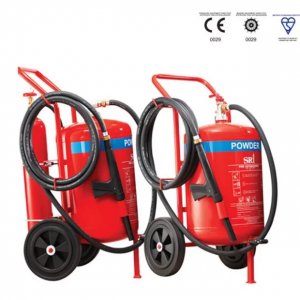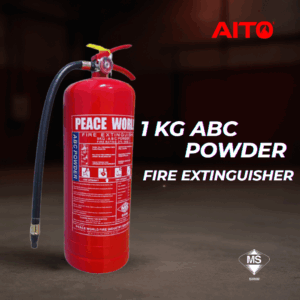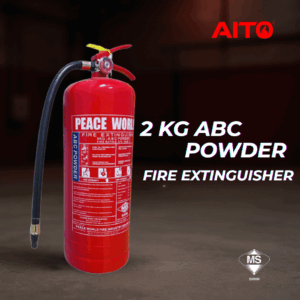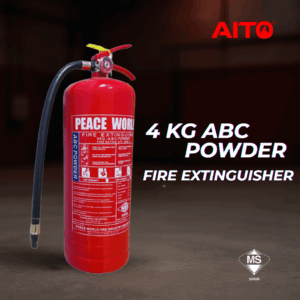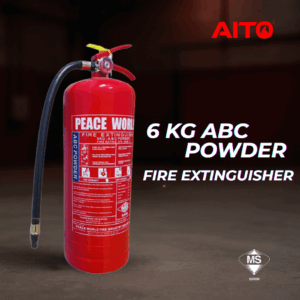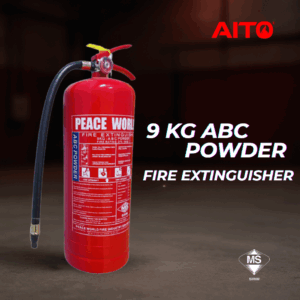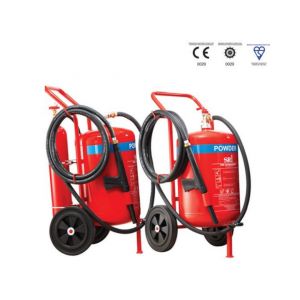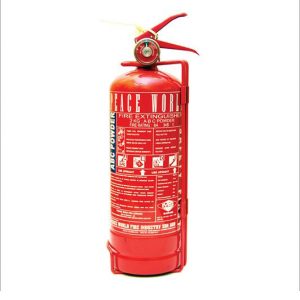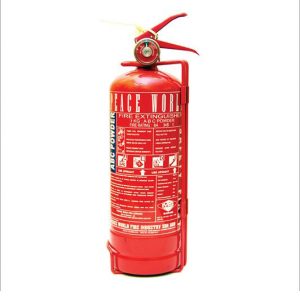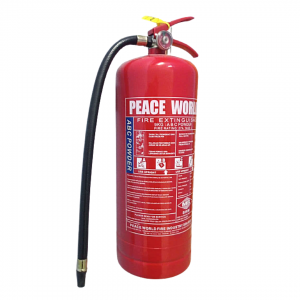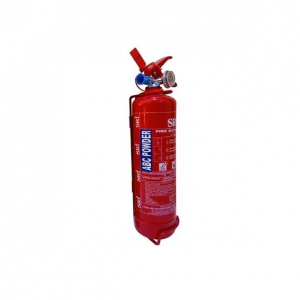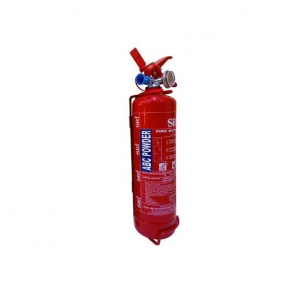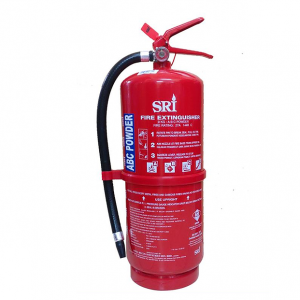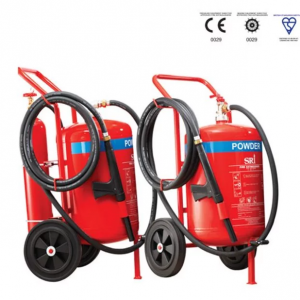How Fire Fighting Foam Works: The Science Behind the Bubbles
Understanding the Chemistry That Stops Fire in Its Tracks
When most people think of fire fighting, they imagine water hoses blasting flames — but water alone isn’t always enough. In many industrial, fuel storage, and high-risk environments, fire fighting foam is the true hero behind fire suppression.
This specialized foam not only cools the fire but also creates a barrier that cuts off oxygen, preventing re-ignition. Understanding the science behind the bubbles reveals why foam is a critical tool in modern fire protection systems.
1. What Is Fire Fighting Foam?
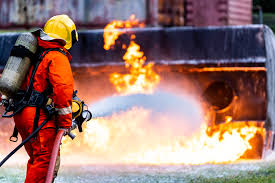
Fire fighting foam is a stable mass of tiny air-filled bubbles formed from a mixture of foam concentrate, water, and air. Unlike water, which can spread flammable liquids, foam floats on top of the fuel, creating a thick layer that smothers the fire and blocks oxygen.
It’s commonly used in environments such as:
-
Oil and gas refineries
-
Airports and aircraft hangars
-
Chemical plants
-
Fuel storage tanks
-
Marine and industrial facilities
By creating a physical and chemical barrier, the foam stops vapor release — effectively starving the fire.
2. The Science Behind the Bubbles

The magic of foam lies in its surface tension and chemical composition. The foam concentrate contains surfactants (surface-active agents) that reduce water’s surface tension, allowing it to spread quickly and form a stable blanket of bubbles.
When applied, the foam performs three critical functions:
-
Smothers the fire by cutting off oxygen.
-
Cools the fuel surface and surrounding area.
-
Prevents re-ignition by forming a vapor-sealing film.
In essence, the bubbles act as a shield, isolating the fuel from air and heat — the two key elements in the fire triangle.
3. Different Types of Fire Fighting Foam
There isn’t just one kind of foam — each type is formulated for specific hazards. The most common include:
a. Aqueous Film-Forming Foam (AFFF)
Used for Class B fires (flammable liquids like gasoline or jet fuel). AFFF forms a thin, water-like film over the surface to stop vapor release. It’s fast-acting and effective for large-scale fuel fires.
b. Alcohol-Resistant AFFF (AR-AFFF)
Formulated to handle polar solvents (like alcohols) that can break down regular foam. It creates a more resilient membrane to resist chemical attack.
c. Protein and Fluoroprotein Foams
Made from natural protein bases, these are eco-friendlier options with strong heat resistance — ideal for storage tanks and industrial sites.
d. High-Expansion Foam
Produces large volumes of foam from minimal concentrate, used in enclosed spaces like warehouses, tunnels, and aircraft hangars.
4. Why Foam Is Better Than Water for Certain Fires
While water is effective for Class A fires (wood, paper, cloth), it’s dangerous for fuel-based or electrical fires. Water can spread flammable liquids, intensifying the flames.
Fire fighting foam, however:
-
Floats on fuel instead of mixing with it
-
Reduces oxygen access to the fire
-
Cools more efficiently over large surfaces
-
Prevents reignition, even after suppression
That’s why most fire contractors recommend installing foam-based fire suppression systems for industrial or hazardous facilities.
5. Importance of Proper System Maintenance

Even the best fire fighting foam system is ineffective without regular inspection and maintenance. Foam concentrates can degrade over time, losing effectiveness.
Building owners should ensure:
-
Annual testing of foam concentrate and proportioning systems
-
Verification of discharge nozzles and detectors
-
Maintenance by a certified fire contractor
-
Compliance with NFPA 11 or local fire certificate regulations
Proper maintenance ensures reliable performance and compliance with safety standards.
Conclusion
Fire fighting foam is more than just bubbles — it’s a complex chemical tool designed to fight dangerous fires where water simply can’t. Whether it’s jet fuel at an airport or oil in a refinery, foam systems save lives and assets by cutting off oxygen, cooling heat, and preventing re-ignition.
Working with a professional fire contractor to install and maintain these systems ensures maximum protection and compliance with fire safety laws.
Remember: The right foam, properly maintained, could mean the difference between a minor incident and a catastrophic disaster.
Get more information from us today.
Contact our team at 03-7831 4791 , browse our website at aito.com.my or email [email protected] for expert assistance.



